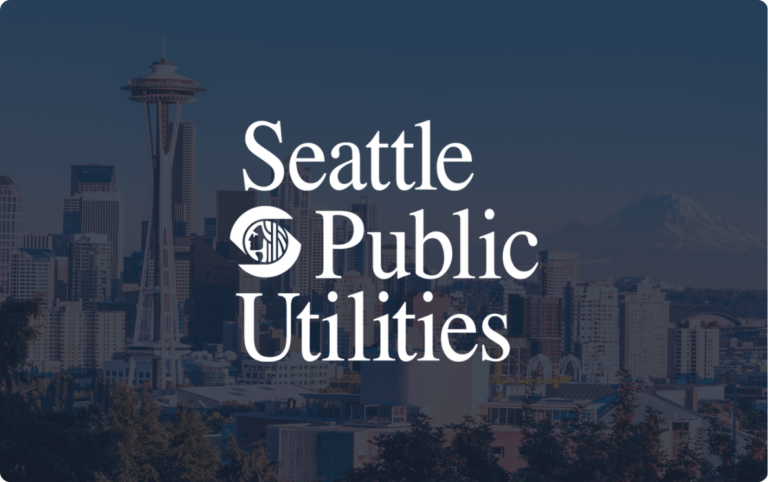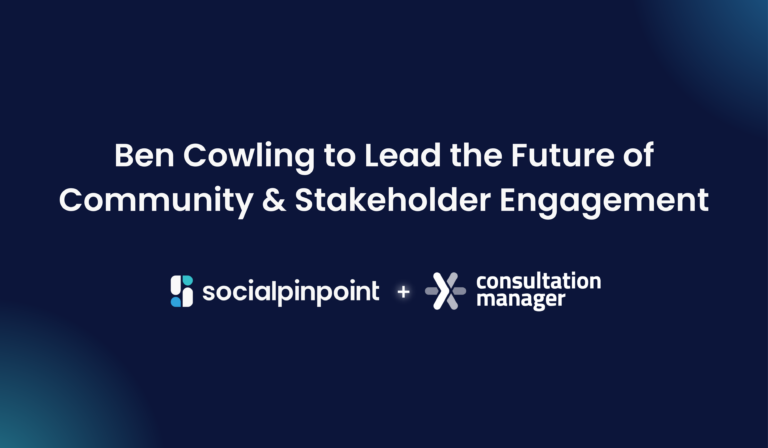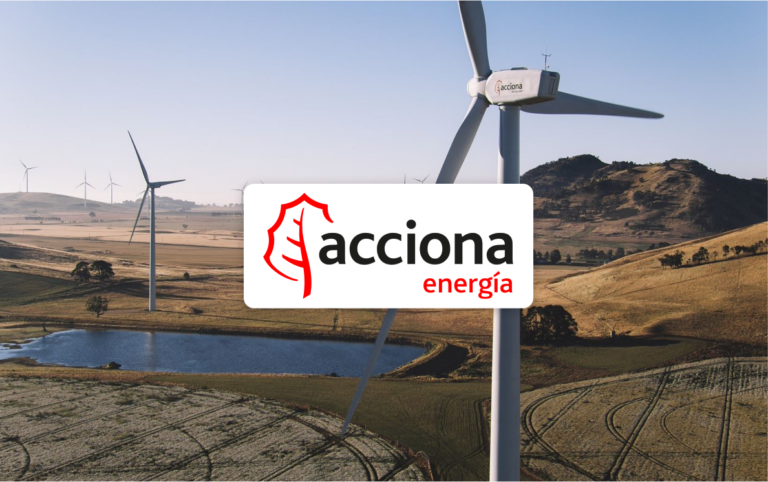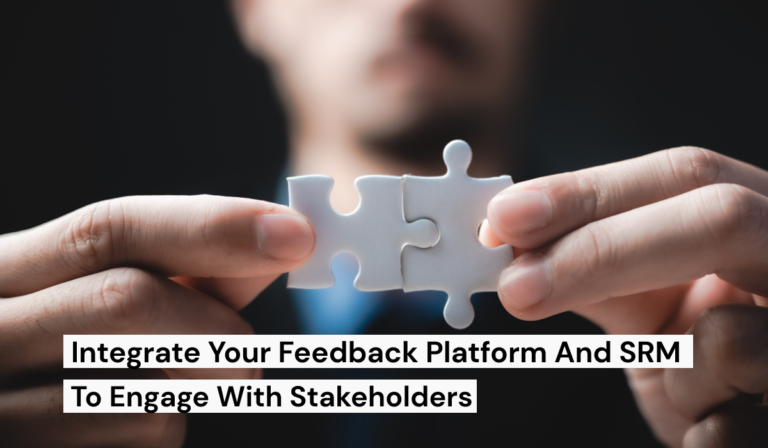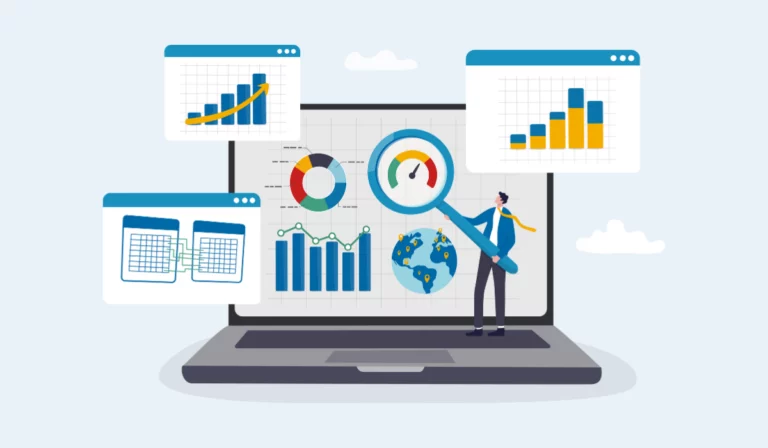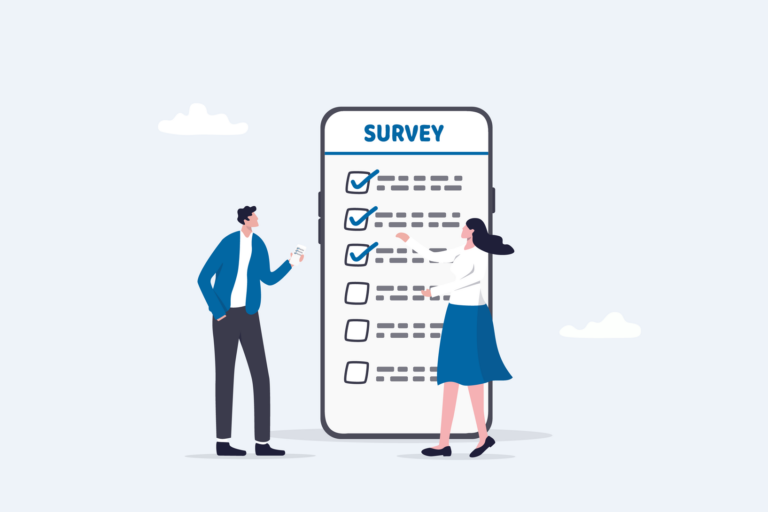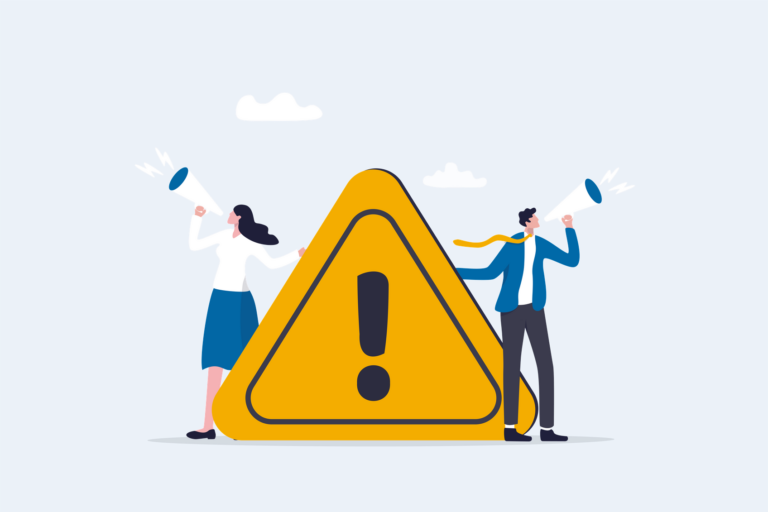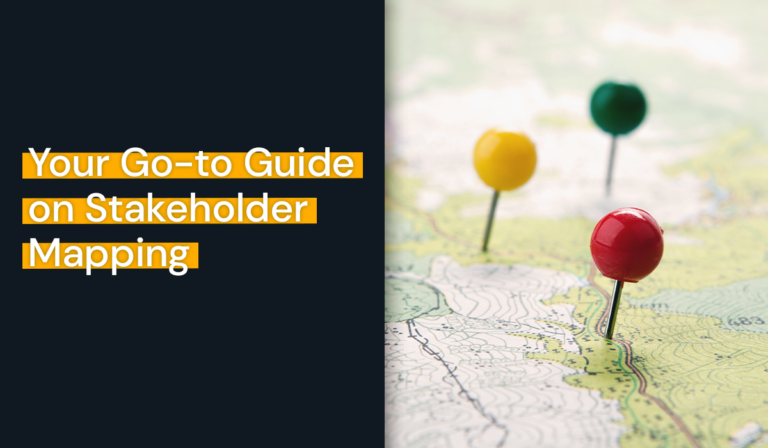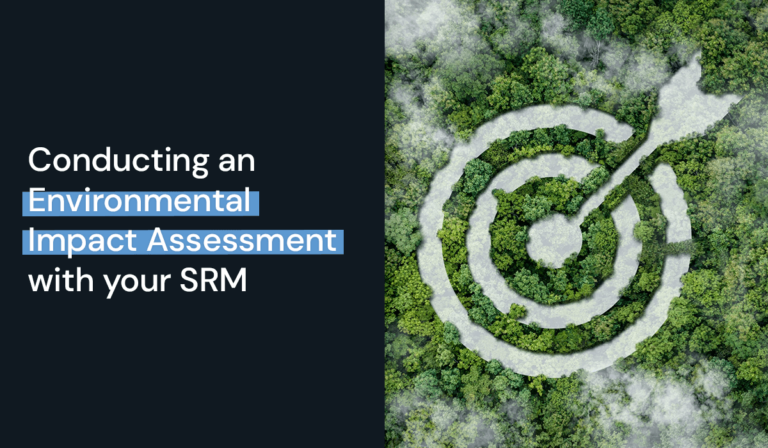As Seattle Public Utilities (SPU) expanded its services to keep pace with a growing city, managing its network of stakeholders became increasingly complex. Today, SPU serves over 1.6 million people across the greater Seattle area, and its programs have grown
Insights
Explore the latest stakeholder relationship management trends, techniques, and strategies.
Social Pinpoint (SPP) is excited to announce the appointment of Ben Cowling as its new Chief Executive Officer.
Effective stakeholder communication is essential for the success of any project, organisation, or initiative. Explore the importance of stakeholder engagement and strategies for successfully communicating with stakeholders.
ACCIONA Energía, the world’s largest renewable energy company without a fossil fuel legacy, develops, builds and owns renewable energy assets in Australia. They collaborate with communities to produce sustainable energy, create jobs, and contribute to establishing Australia’s low-carbon economy.
When managing significant infrastructure approvals projects, effective project management and community engagement aren't just a matter of convenience—they are a strategic move that can yield substantial benefits.
While it's nice to appreciate and oversee the positive interactions you have had with stakeholders, it is also equally important to keep an eye on and track any complaints or issues.
Get some joy from this festive round-up of practical gifts you should definitely purchase for yourself and your stakeholder engagement team.
When communicating with stakeholders, it’s crucial to ensure that you’re defining, managing, and analysing your stakeholder groups.
Stakeholders can either support your project or resist it. They can have a huge influence on your success and you need to collaborate with them.
Traditional spreadsheets have proved to be a valuable tool in storing and managing stakeholder data. However, as businesses evolve, so do their requirements for effective stakeholder management.
Effective communication and building positive relationships stem from knowing when to listen, speak and act. However, to understand how to interact well, you may need to dig a little deeper.
If surveys are only partly filled out or contain unanswered questions from respondents, it can raise legal and ethical concerns that may influence and impact stakeholder engagement.
Dive into the key differences, distinctions, and similarities of community engagement and stakeholder engagement to discover the best approach.
Let's explore the significance of communication channels in stakeholder engagement, providing insights to aid your selection of well-suited channels tailored to your stakeholders' specific requirements.
By understanding your stakeholders' perceptions, you can truly raise the profile of transport projects and build community ownership of outcomes. Let’s explore the five essential considerations for stakeholder engagement in transport.
Complaints and grievances with stakeholders can be inevitable. But while these issues may initially seem like roadblocks, they also present an opportunity for growth and positive relationship building.
A transparent stakeholder management strategy can help enhance the reputation of an organisation, build trust, and drive long-term benefits.
The success of infrastructure projects relies heavily on positive and effective stakeholder engagement. Despite the potential benefits, stakeholder engagement in infrastructure projects can be challenging.
How do you know which stakeholders will impact your project? Stakeholder mapping enables business operations to visualise and analyse their list of stakeholders in a geographical manner.
Do you monitor how frequently you communicate with your stakeholders? If not, then understanding how you can successfully track and monitor your stakeholder engagement should be a priority.
Understanding and gathering the unique insights, concerns, and suggestions from affected stakeholders is critical for the EIA process. Here is how an SRM will help.
Stakeholder engagement is not static, and therefore, a static solution such as a spreadsheets will disrupt your stakeholder data management.
It’s essential for companies to communicate with their stakeholders on a regular basis to build better relationships, understand their needs and concerns, and keep them consistently informed and updated.
We all know organisations depend on stakeholders. They are integral to projects and their success. But, what do you do when you’re met with complaints, pushbacks, and negative interactions?

